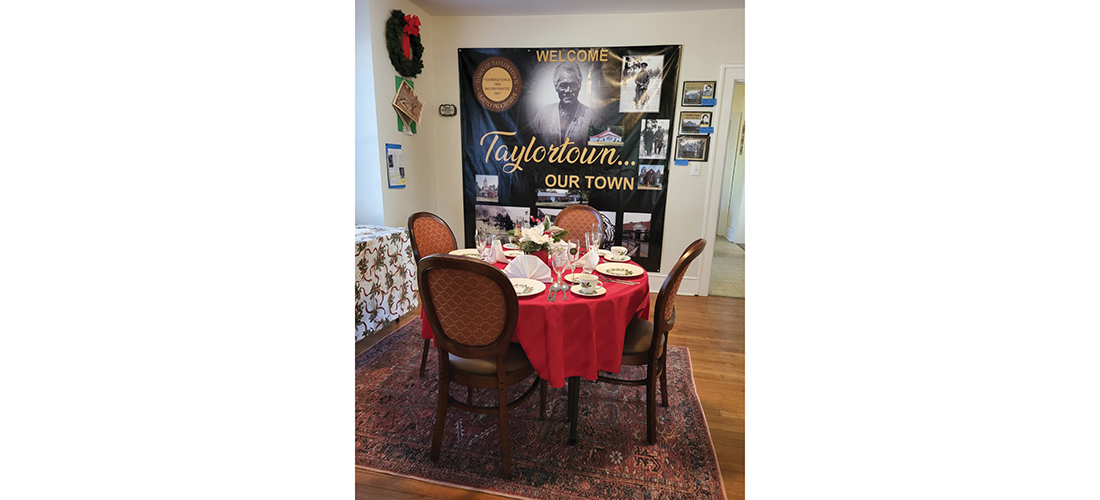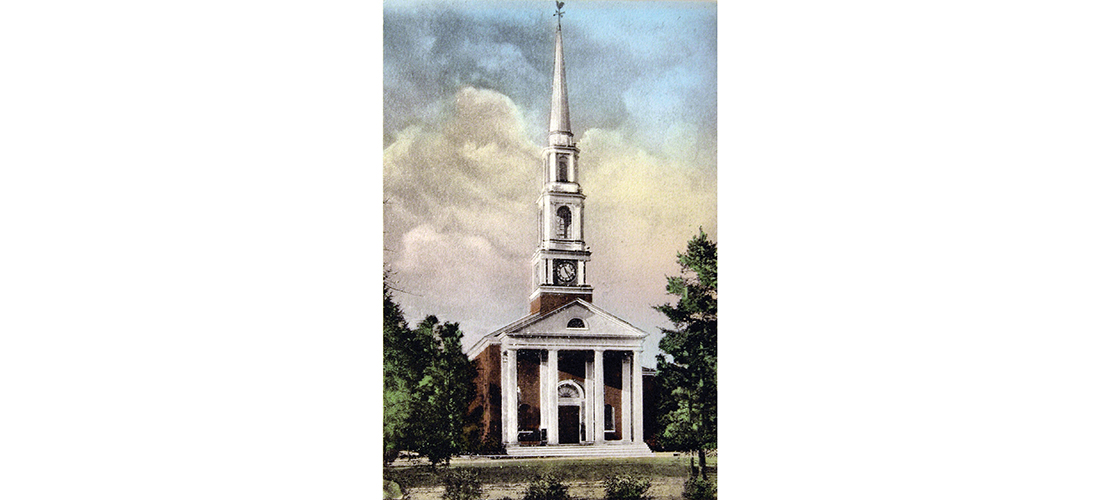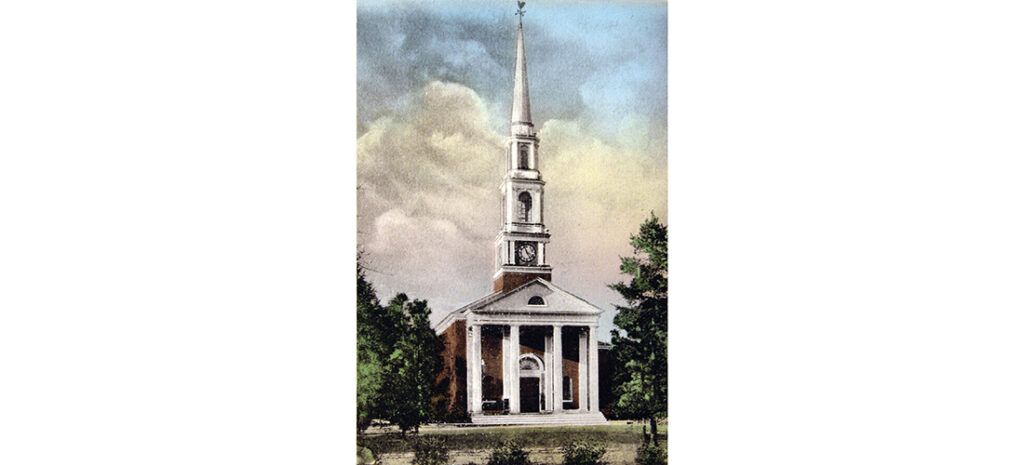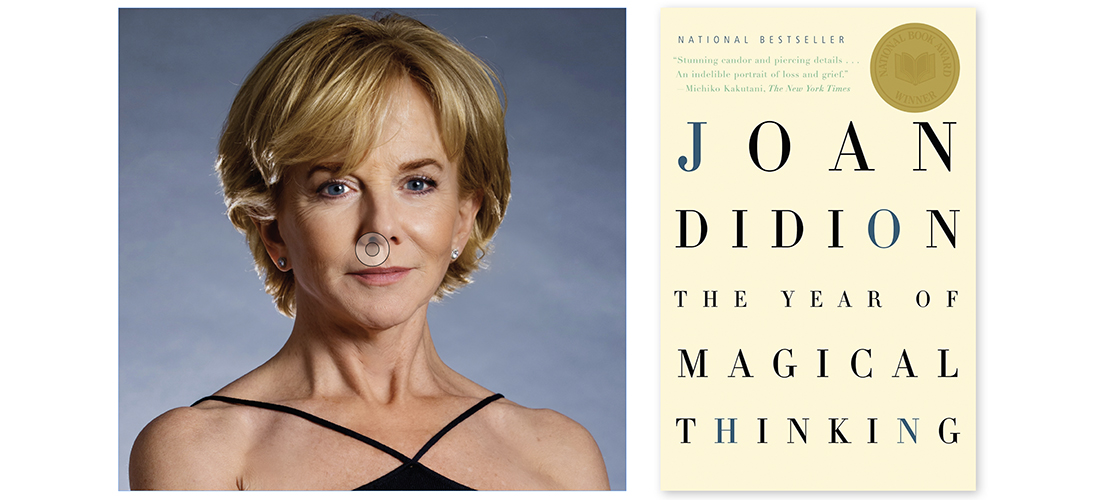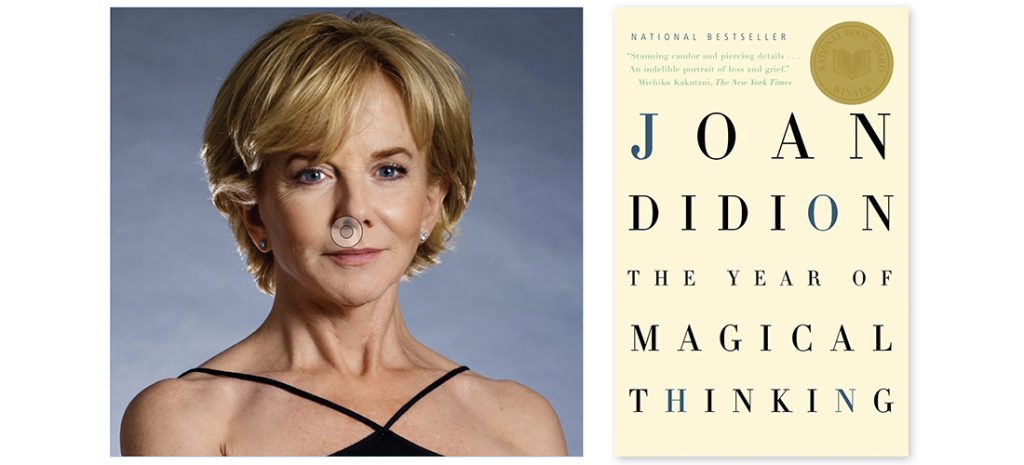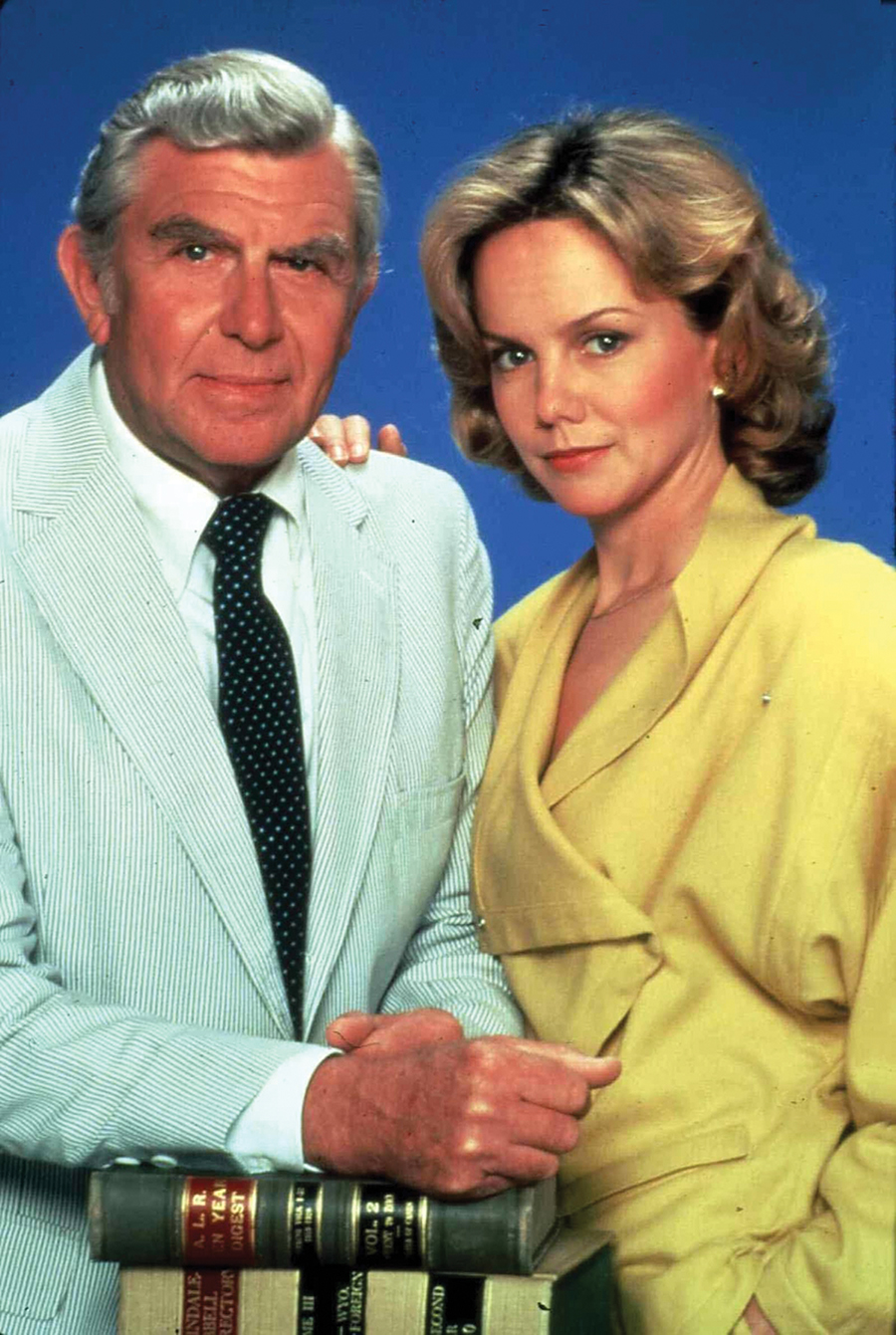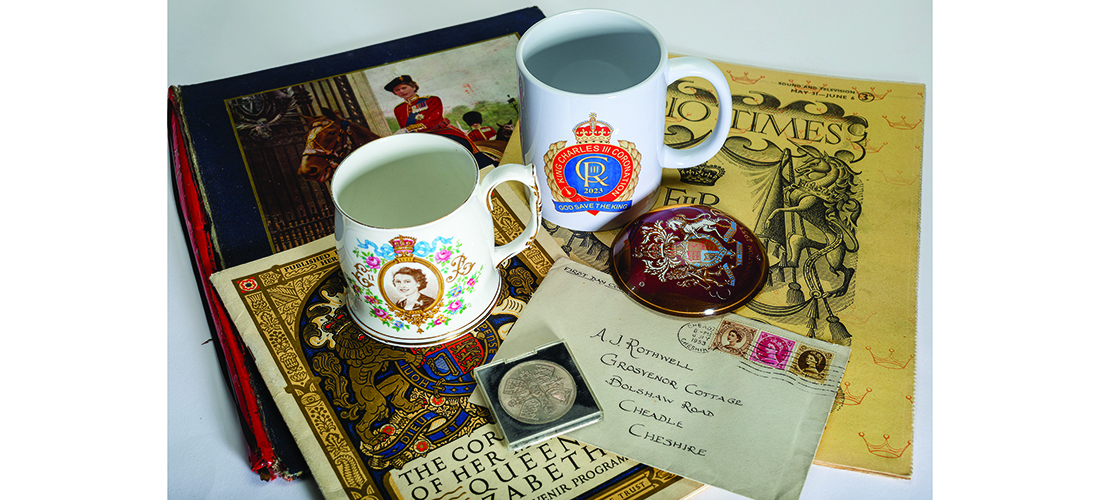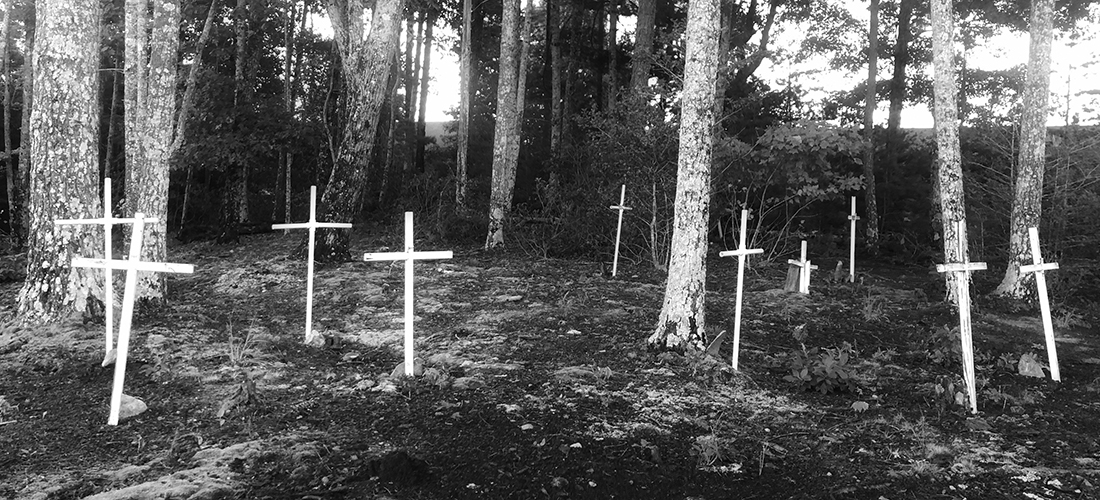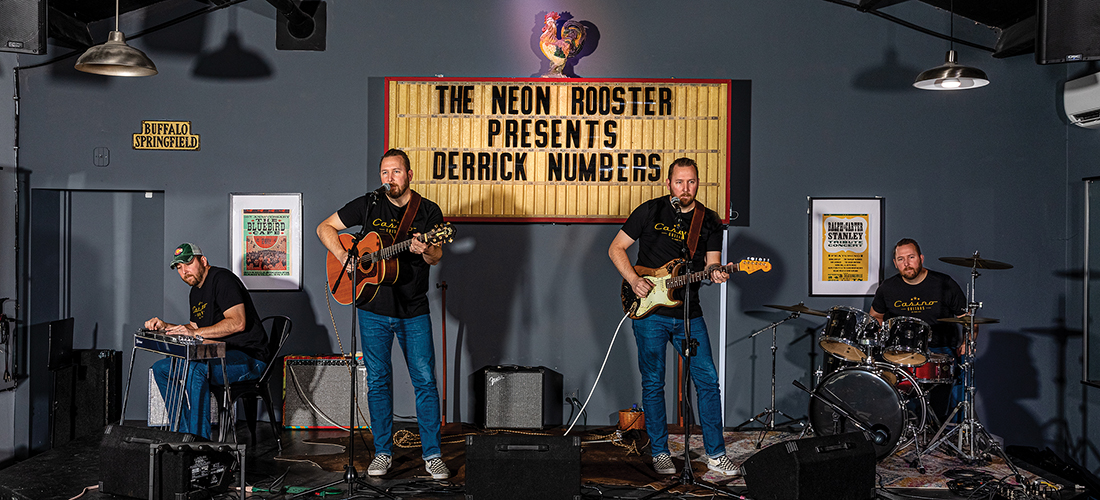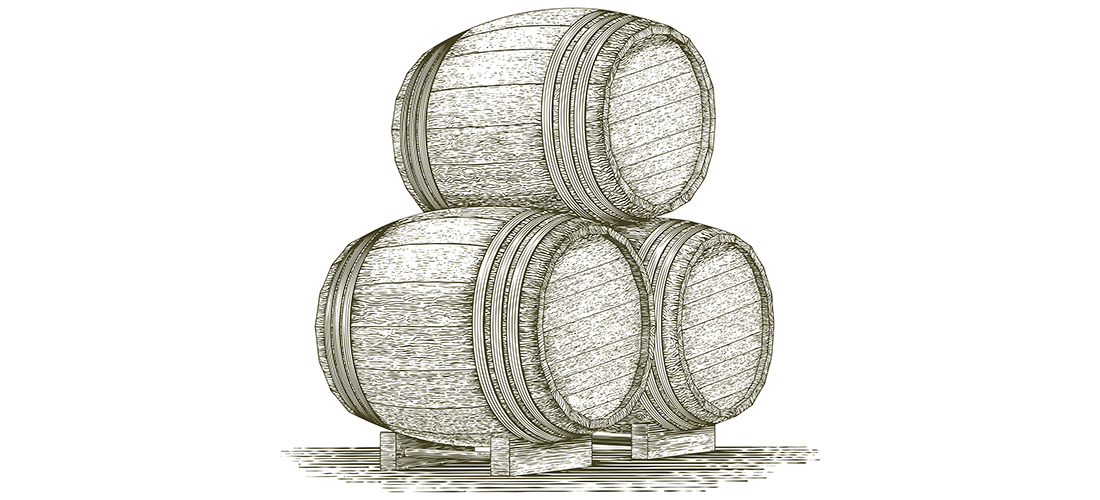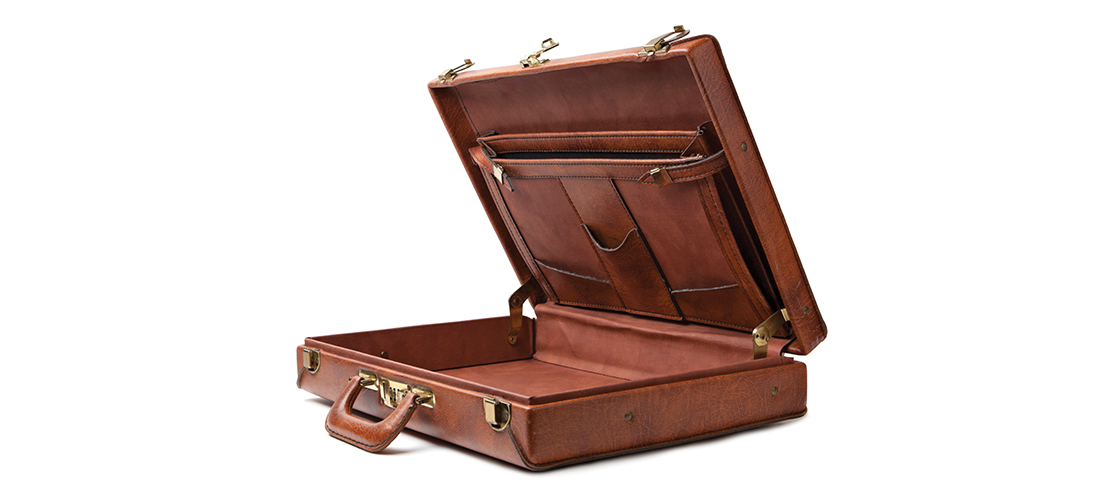Crossroads
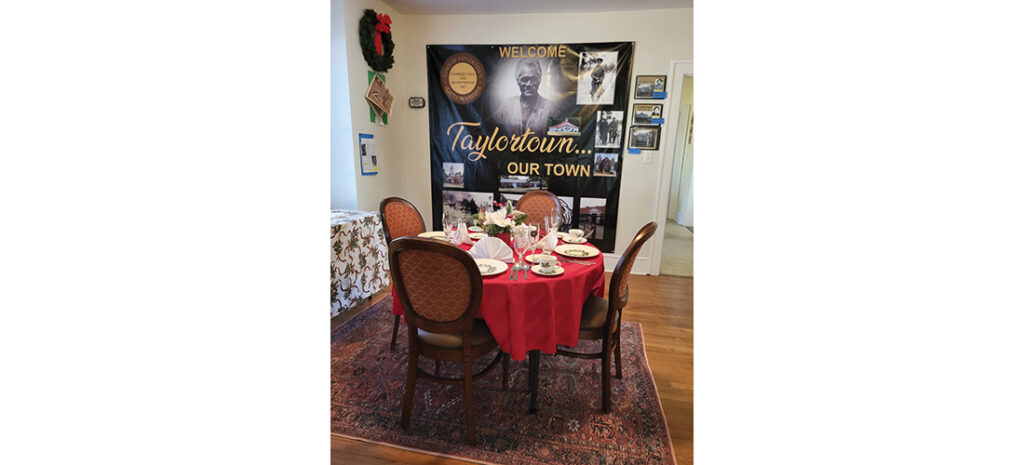
History Finds a Home
Taylortown museum preserves town’s heritage
By Audrey Moriarty
It took almost two decades to get there, but in October of 2023, the Taylortown Museum celebrated its one-year anniversary. According to Nadine Moody, volunteer at the museum and a former Taylortown council member, the house where the museum is located — 8263 Main St., in Taylortown — was originally the home of Demus Taylor’s great-granddaughter, Margaret Mangum. Demus Taylor is the founder of Taylortown, and Margaret worked as a teacher at the Academy Heights School, where she taught Moody in third grade. The Mangum home was purchased roughly 20 years ago, when Ulysses Barrett was the town mayor. While the building was intended all along to house a museum, bringing the plan to fruition took time.
If the museum had a little trouble getting off the ground, the house was always busy, serving as a venue for various community events. In the interim a handful of dedicated volunteers decided to begin recording and preserving Taylortown’s history. The group consisted of various members of the community: Gail McKinnon, president of the Historical Society; Jef Moody, vice-president of the Historical Society; Wendy Martin, of the Beautification Committee; Nadine Moody (Jef’s wife); and several others.
Inside the museum are exhibits of old tools, a display of images of the mayors of Taylortown, photos of local church dignitaries, information on the Academy Heights School, and a large “Welcome to Taylortown” banner, featuring Demus Taylor and some local historic sites.
According to McKinnon one of the ongoing projects the volunteers have begun is an “obituary book” listing the names of spouses, siblings and children, helping community members fill out family trees. They are hoping to get more input from family members of deceased residents to add to their book and family records. “What I wish we could do is to get each Black community to give us a brief history, because we all know each other and are related somehow,” says Nadine Moody.
Gary Brown, another volunteer, is working on a gravesite webpage, identifying and documenting local graves. High on the list of the museum’s current needs is a computer to house the information they’re compiling. The hope is that visitors to the museum will one day be able to search the collection and family data base. Brown, with Martin’s help and donations from Food Lion and local churches, also operates a food bank every Tuesday at Johnny Boler Park in Taylortown.
Recently the museum had a surprise visit from Paula Hall, Demus Taylor’s great-great-granddaughter. The museum is looking for more items to add to its exhibits, and hopes to get a few old canvas and leather carry bags and wood-shafted clubs — an homage to the work Taylortown residents, especially Demus Taylor, did caddying at the Pinehurst Resort. They’re also in search of a closet or curio cabinet for displays. Nadine Moody says 99 percent of their current exhibits were donated by local citizens and businesses. Homewood Suites donated some tables and chairs after a recent renovation and the museum repurposed them, some for workspace, while others are attractively set with dishes and stemware.
Current plans call for expanding the exhibition space to the upstairs portion of the house. “We are so excited,” says Nadine Moody. “We’re busting at the seams.” PS
The Taylortown Museum is open to the public on Wednesdays and the first Saturday of the month, from 11 a.m. to 2 p.m., and on Thursdays for groups, by appointment. You can reach the Taylortown Museum at (910) 215-0744, or by calling the Town Hall at (910) 295-4010.
Audrey Moriarty is the Library Services and Archives director for the village of Pinehurst.

